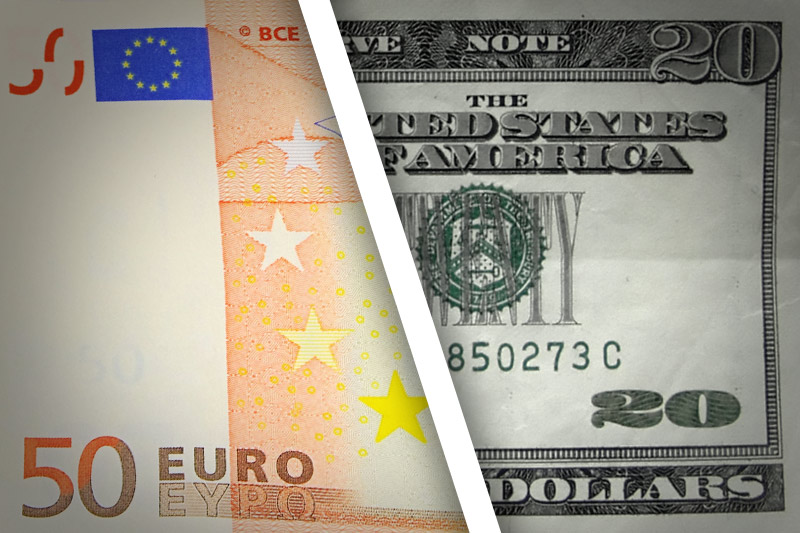Investing.com - The euro pulled back from six-week highs against the dollar on Thursday, after official data showed that U.S. initial jobless claims fell more-than-expected last week.
EUR/USD retreated from 1.3138, the pair’s highest since February 28, to hit 1.3103 during U.S. morning trade, still up 0.26%.
The pair was likely to find support at 1.3042, the session low and resistance at 1.3138, the session high.
The Department of Labor said the number of people who filed for unemployment assistance in the U.S. fell by 42,000 to a seasonally adjusted 346,000, last week compared to expectations for a decrease of 23,000 to 365,000.
Jobless claims for the preceding week were revised up to 388,000 from a previously reported increase of 385,000.
The data eased concerns that the recovery in the labor market was losing momentum after U.S. nonfarm payrolls data for March came in far below expectations.
The single currency remained supported as last week’s radical monetary easing measures by the Bank of Japan continued to underpin demand for higher yielding assets.
Italy saw borrowing costs fall at an auction of government debt on Thursday as Japan’s stimulus measures overshadowed concerns over ongoing political uncertainty in the euro zone’s third largest economy.
Risk appetite was also boosted after data showed that China saw a large increase in bank lending in March, adding to signs of an economic recovery, one day after trade data indicated that domestic demand remains strong.
Elsewhere, the euro eased against the yen, with EUR/JPY slipping 0.15% to 130.18, down from a 39-month high of 130.82.
Also Thursday, official data showed that U.S. import prices fell 0.5% in March, in line with expectations.
EUR/USD retreated from 1.3138, the pair’s highest since February 28, to hit 1.3103 during U.S. morning trade, still up 0.26%.
The pair was likely to find support at 1.3042, the session low and resistance at 1.3138, the session high.
The Department of Labor said the number of people who filed for unemployment assistance in the U.S. fell by 42,000 to a seasonally adjusted 346,000, last week compared to expectations for a decrease of 23,000 to 365,000.
Jobless claims for the preceding week were revised up to 388,000 from a previously reported increase of 385,000.
The data eased concerns that the recovery in the labor market was losing momentum after U.S. nonfarm payrolls data for March came in far below expectations.
The single currency remained supported as last week’s radical monetary easing measures by the Bank of Japan continued to underpin demand for higher yielding assets.
Italy saw borrowing costs fall at an auction of government debt on Thursday as Japan’s stimulus measures overshadowed concerns over ongoing political uncertainty in the euro zone’s third largest economy.
Risk appetite was also boosted after data showed that China saw a large increase in bank lending in March, adding to signs of an economic recovery, one day after trade data indicated that domestic demand remains strong.
Elsewhere, the euro eased against the yen, with EUR/JPY slipping 0.15% to 130.18, down from a 39-month high of 130.82.
Also Thursday, official data showed that U.S. import prices fell 0.5% in March, in line with expectations.
